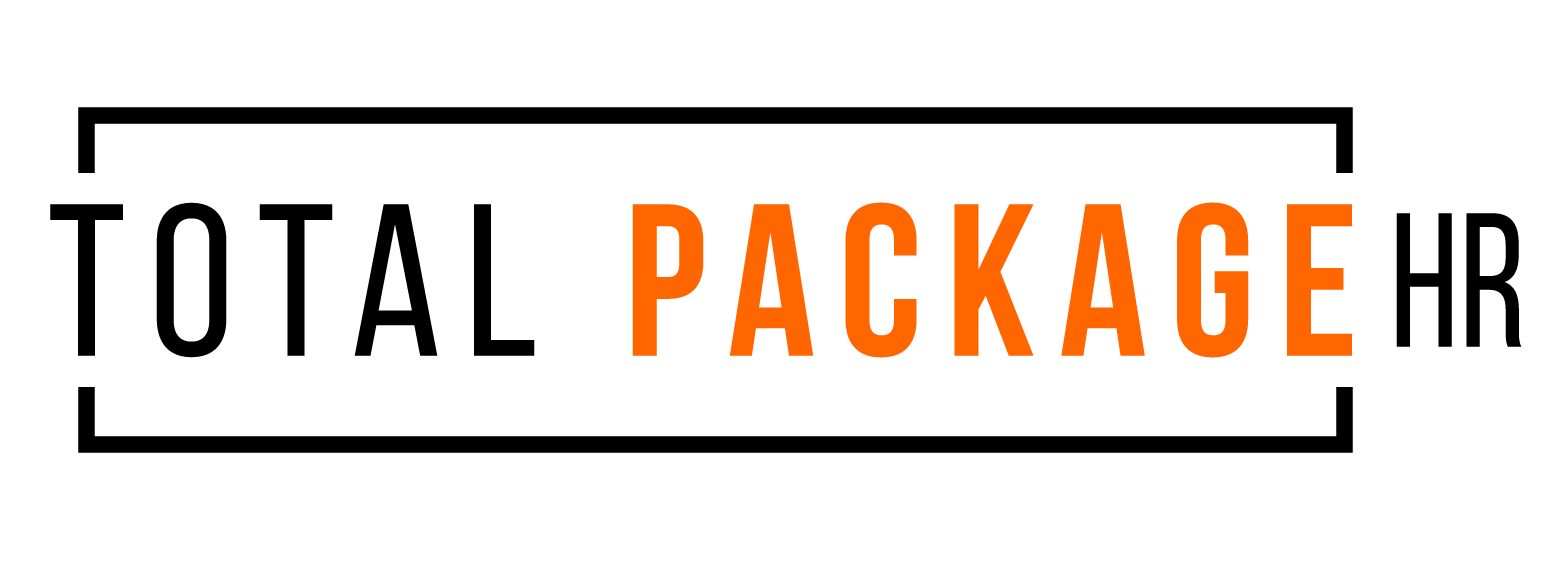2023 COVID Non-Emergency Regulations
Employers are not off the hook just yet with COVID. On February 3, 2023, the Office of Administrative Law approved Cal/OSHA’s proposed non-emergency standards and they went into effect immediately, leaving the Emergency Temporary Standards (ETS) in the dust. Some notable changes to the previous ETS are:
- A separate stand-alone COVID Prevention Plan (CPP) is no longer required. Instead, COVID prevention and safety standards can be addressed in the existing Illness and Injury Prevention Program (IIPP). However, a separate CPP can still be used so long as it meets the necessary requirements.
- Exclusion pay is no longer required to be paid by employers.
- The definition of “close contact” and “exposed group” has been updated.
- Isolation and quarantine periods have been updated by Cal/OSHA to mirror California Department of Public Health (CDPH) guidelines.
HR Professionals and attorneys alike have had our fair share of struggles in understanding how we are to handle COVID cases moving forward under the non-emergency regulations (NER). We are providing a high-level overview of definitions and processes, however, if you require more in-depth information or would like assistance in handling positive cases, just ask us!
Let’s start with definitions.
COVID-19 Case:
A confirmed positive case, whether contracted at work or at home, that is confirmed through an at-home test, a PCR lab test, or doctor diagnosis.
Infectious Period:
When symptoms are present
- 2 days before the symptoms began until 10 days after the employee first had symptoms OR
- Through day 5 after symptoms if the symptoms have improved (24 hours fever free and other symptoms getting better) AND a negative test was received on day 5 or later.
When symptoms are not present
- 2 days before the positive test sample was collected (not the day the results were received) until day 10 after sample was received OR
- Through day 5 after sample was collected if symptoms are not present AND a negative test was received on day 5 or later.
Exposed Group:
This can be the same or different than a “close contact” as defined below. Employees in an exposed group are considered “potential exposures”.
Everyone at the worksite, working area, or in a common area at work where a person who tested positive was present at any time during their infectious period.
Does not apply to the following scenarios:
- An employee who works remotely from a location that is not in the employer’s control (such as a shared workspace, coffee shop, etc.).
- An employee who works from home or works in an on-site area where they are the only employee in that area.
- A place where employees walk through briefly AND everyone was wearing a facemask WITHOUT congregating. This would not be considered a common area. (Common area is a hallway, bathroom, conference room, etc.)
- Employees working different shifts that had no overlap and are not present at the same time as the positive employee.
- If the positive employee visited a work location, work area, or common area for less than 15 minutes during their infectious period AND all persons present were wearing a face mask.
An exposed group can be broader than a close contact.
Close Contact:
An individual who was in close contact with a COVID confirmed case during their infectious period. The amount of time spent with the COVID confirmed individual to be considered a “close contact” will depend on the size of the space they are in.
If the indoor space is larger than 400,000 cubic feet per floor and the contact with the COVID confirmed individual was within 6 feet for 15 minutes total in a 24-hour period during the COVID confirmed individual’s infectious period, then it is a close contact.
How can you determine the size/volume of the indoor space?
- Multiply the square footage by the average ceiling height; OR
- Length of space X Width of space X Height of space = Volume of space
If the indoor space is less than 400,000 cubic feet and they were sharing the same air space during the infectious period, then it is a close contact. However, spaces that are separated by floor to ceiling walls or doors that remain closed are considered its own indoor space.
If the individual with the confirmed COVID case was wearing a respirator, such as an N95, or if the close contact employee was wearing a respirator during the period of close contact as defined above, then that is not a close contact.
Now that we (sort of) have an understanding of the infectious period, exposed group, and close contacts, here is how those definitions will play into how you are determining who needs to be excluded from the workplace.
Workplace Exclusion:
Cal/OSHA has now aligned their requirements with the CDPH guidance on workplace exclusions. The following must be excluded from work during their infectious period:
- Confirmed positive COVID cases.
- Close contacts to a positive COVID case when symptoms are present.
- All persons exhibiting COVID symptoms while waiting for test results, or if they choose not to test.
The following do not need to be excluded from the workplace, however, DO need to wear a face mask for at least 10 days.
- Close contacts to a positive case with no symptoms present. If symptoms become present, immediately exclude from the workplace.
Exposed groups do not need to be excluded from the workplace unless they were also identified as a close contact and symptoms are present, as stated above.
So, you’ve identified who needs to stay home and who doesn’t… now what?
Notices to be posted (or sent out):
A notice needs to go out to both the exposed group and the close contacts. AB 2693 gave us the option to post the information we would normally send via an email blast. To be compliant, the notice must be posted where anyone in the exposed group and close contacts can easily see the posting. This is usually where you have your employment posters (I know we all have them 😉).
Whether sent out individually or posted, the following information must be included:
- Dates which the employee who tested positive was in the workplace during their infectious period (see definition above) – information about the employee who tested positive, such as name or other identifying information must not be included.
- The location of the exposures, including the department, floor, building, or other area. The location should not need to be so specific that the employee could be identified.
- Contact information for employees to receive information regarding COVID-19 related benefits the employee may be entitled to (see section below). This will most likely be Human Resources or TPPS. We’re here if you need us!
- Contact information for employees to receive the cleaning and disinfection plan the employer has implemented per the guidelines of the CDC (this will be found in the IIPP or CPP, and/or with the Safety Manager).
Notices must stay posted for 15 days and be posted within one business day of the employer being notified of a positive case in the workplace. Posting on an existing employee portal is acceptable (such as Paylocity or an Intranet).
Notices must be posted in English and in any language understood by the majority of employees. A log must be kept of all the dates the notice was posted at the worksite. A good way to keep track of this would be to take a timestamped picture of the poster at the beginning and end of the posting period. We’ll talk more about record keeping requirements in the next section.
Resources to Provide:
These resources must be provided to every employee who:
- Is identified as a close contact,
- Has tested positive fort COVID (whether at work or at home),
- Is excluded from the workplace due to COVID, or
- Requests this information
The information to be provided to them is:
- Workers’ compensation information
- Leaves of absences available to them for COVID related reasons (e.g., CFRA and/or FMLA)
- Any other state, federal, or local leave laws
- Information on State Disability Insurance
- Information on Paid Family Leave
- Company paid sick leave policy
- Anti-retaliation and anti-discrimination protections of employees
If you need help creating a packet of these resources, just ask us!
After all is said and done, I can throw all my documentation away, right? Wrong! The NER has stated what the record-keeping requirements will be for the next 3 years.
Record Keeping:
Employers are required to keep a record of and track all COVID-19 cases we are made aware of with the employee’s:
- Name
- Contact information
- Occupation
- Location where the employee worked
- Date of last day at work
- Date of positive Covid test or Covid diagnosis
Employers must also keep the notices sent or posted to inform employees of a positive COVID case in the workplace, including the dates which they remained posted. As stated above, the most convenient way will be to keep a timestamped photo of the poster to include the start date and end date of the posting period. You’ll also want to keep a copy of the posting. If you chose to email the notices, you will need to save a copy of the email that was sent to the employee(s).
We get it – it’s a lot! When the very first ETS came out in 2020, it took time to understand and embrace it… and the same thing will happen with the NER! If this information has prompted questions or you need guidance on handling a COVID positive case, please reach out to us!






